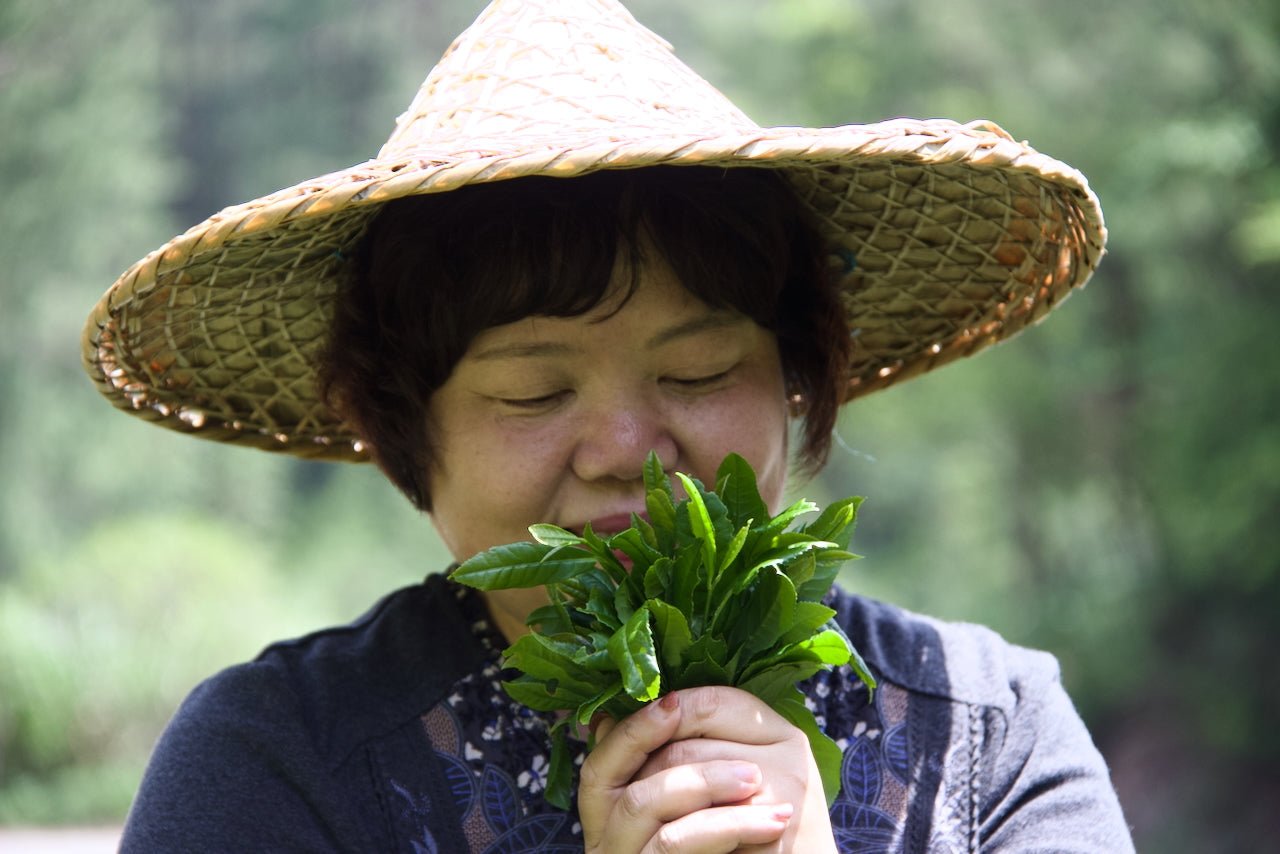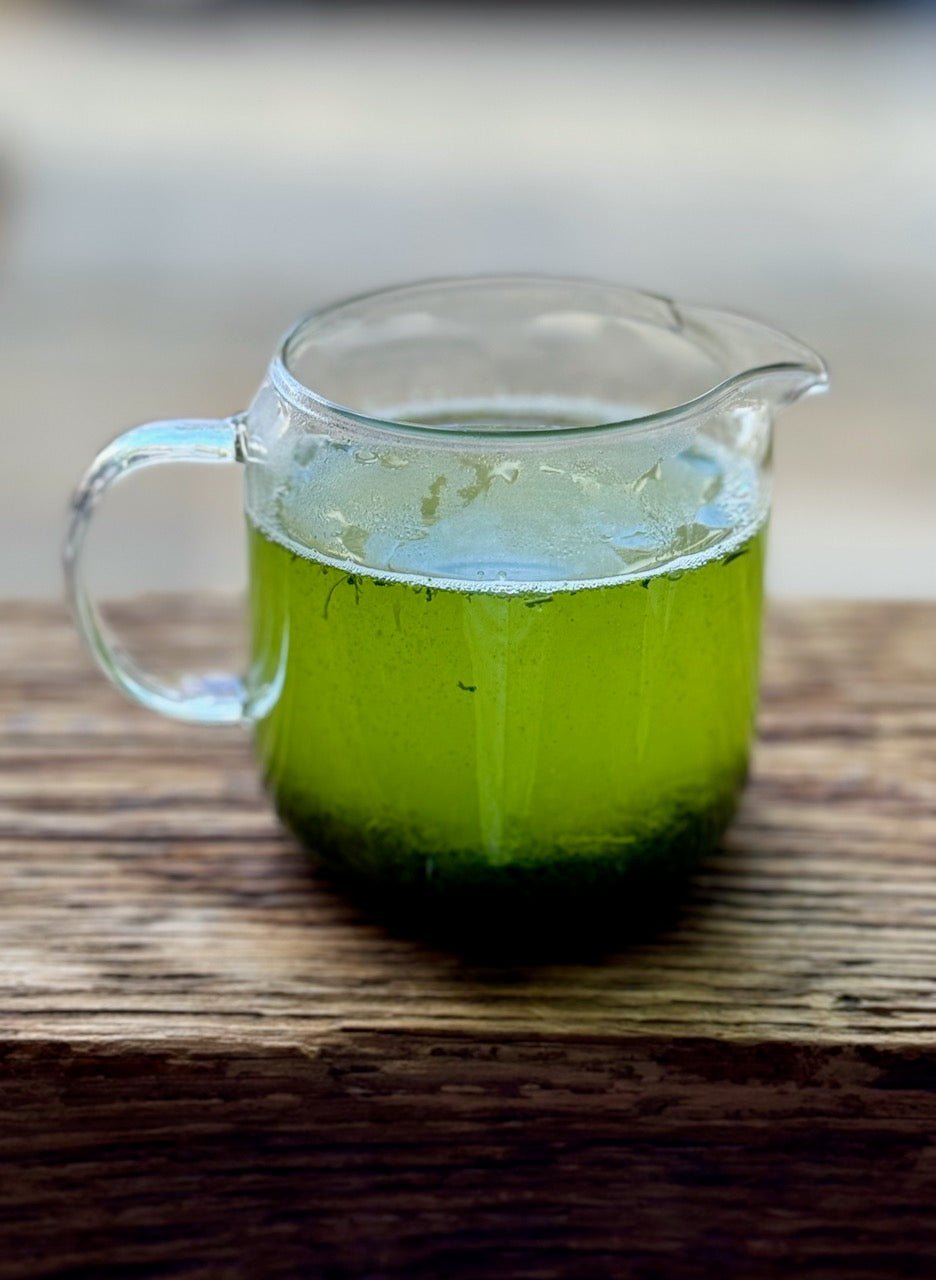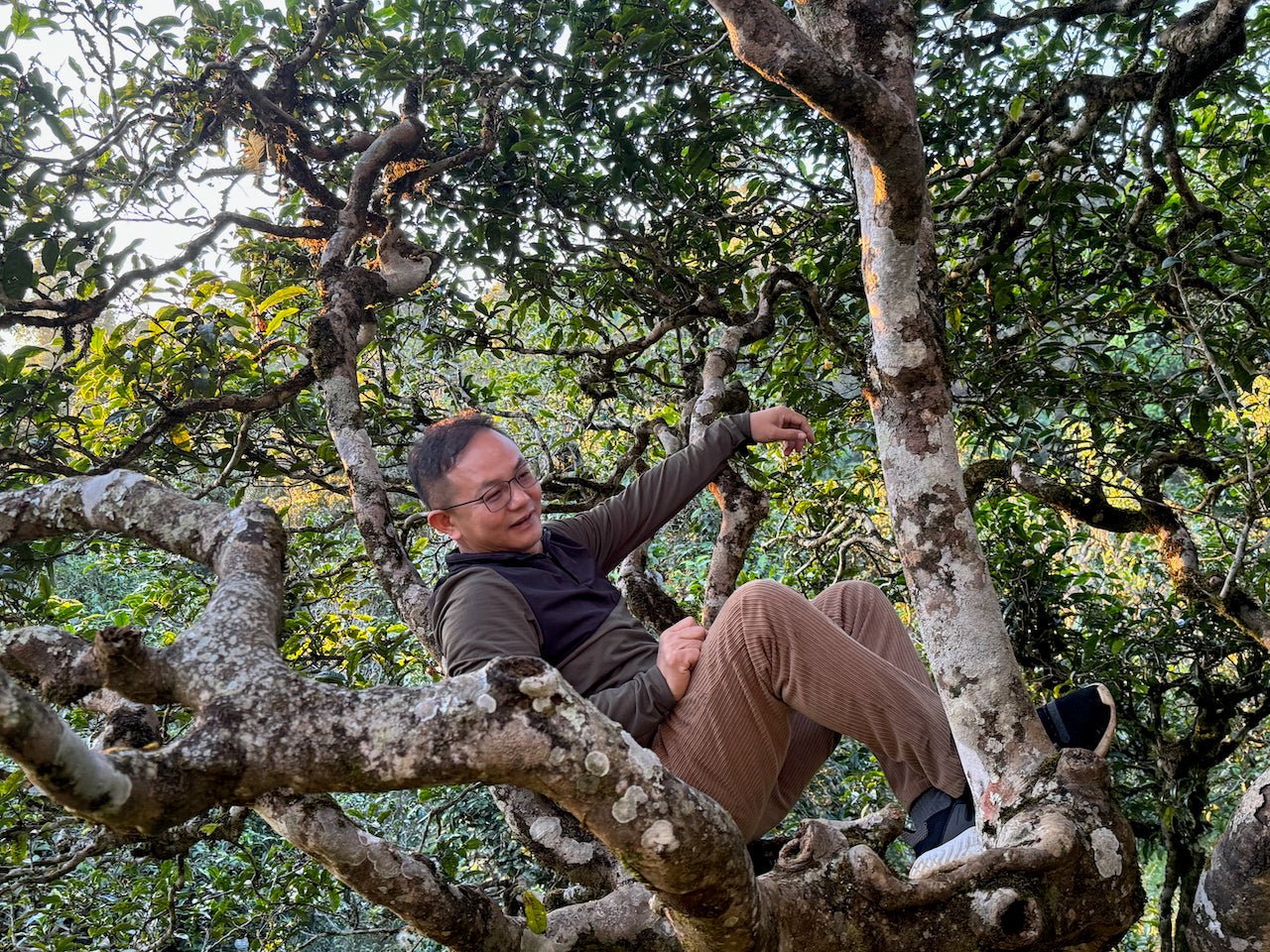What is Oolong Tea? And why on Earth do oolongs have such complex aromatics?

Oolongs are often described as the most diverse tea category. From the very green, flowery notes of 'electric fired' Tie Guanyin (鐵觀音|贴观音) to the deep fruit and spice aromas of Wuyi rock teas, we have good chances of finding some fascinating tea to please most anyone who visits our tea bar.
Let's start by defining an oolong (烏龍茶): a partially oxidized tea leaf.
Green tea is 'unoxidized' (i.e. the leaves are green, almost as if they were still on a tree). Black tea (at least per the textbook definition) is 'fully oxidized', with homogenous dark leaves. The wide world in the middle of the two is oolong land, extremely diverse not just because of a myriad of terroirs, but also because of a plethora of processing techniques (more on that below).

Having said this, please keep in mind that some tea labeled as black does not follow the above-mentioned textbook definition. You will encounter several first-flush teas from Darjeeling and similar regions in the Himalayas that still display a good percentage of green on their leaves.
Into the Rabbit Hole:
The glorious aromatics in oolong teas stem from intricate compounds with convoluted names, such as dimethylocta-3,7-diene-2,6-diol. As we enjoy the experience, let us be thankful for some of the phenomena that yield these results:
- Plant Stress
Rocky soils (as in Wuyi Mountain's cliffs), exposure to sub-zero winter temperatures (as in Ali Shan's Gao Shan Cha), and an ecosystem rich with insects (as in Oriental Beauty) encourage tea plants to produce better flavours. - Enzymatic Oxidization
Natural withering processes will yield very different results when they happen under full sun, in the shade, or piled in buckets. Oftentimes, tea producers combine a series of distinct oxidization steps. This process is also heavily encouraged by rolling or bruising the tea leaves. - Firing/Fixing
There are many ways to 'finish fire' oolongs. Basket roasting can be done over charcoal, or with an electric power source. Tea can also be pan-fired, drum-roasted, or baked. Needless to say, results will vary widely.

Thanks for reading! We now invite you to experience some oolong. Or, should you feel that your scientific side craves some interesting reads, we highly recommend:
- https://academic.oup.com/bbb/article/71/6/1476/5940228?login=false
- https://www.ncbi.nlm.nih.gov/pmc/articles/PMC6977495/
- https://www.sciencedirect.com/science/article/pii/S0308814621026558



Comments